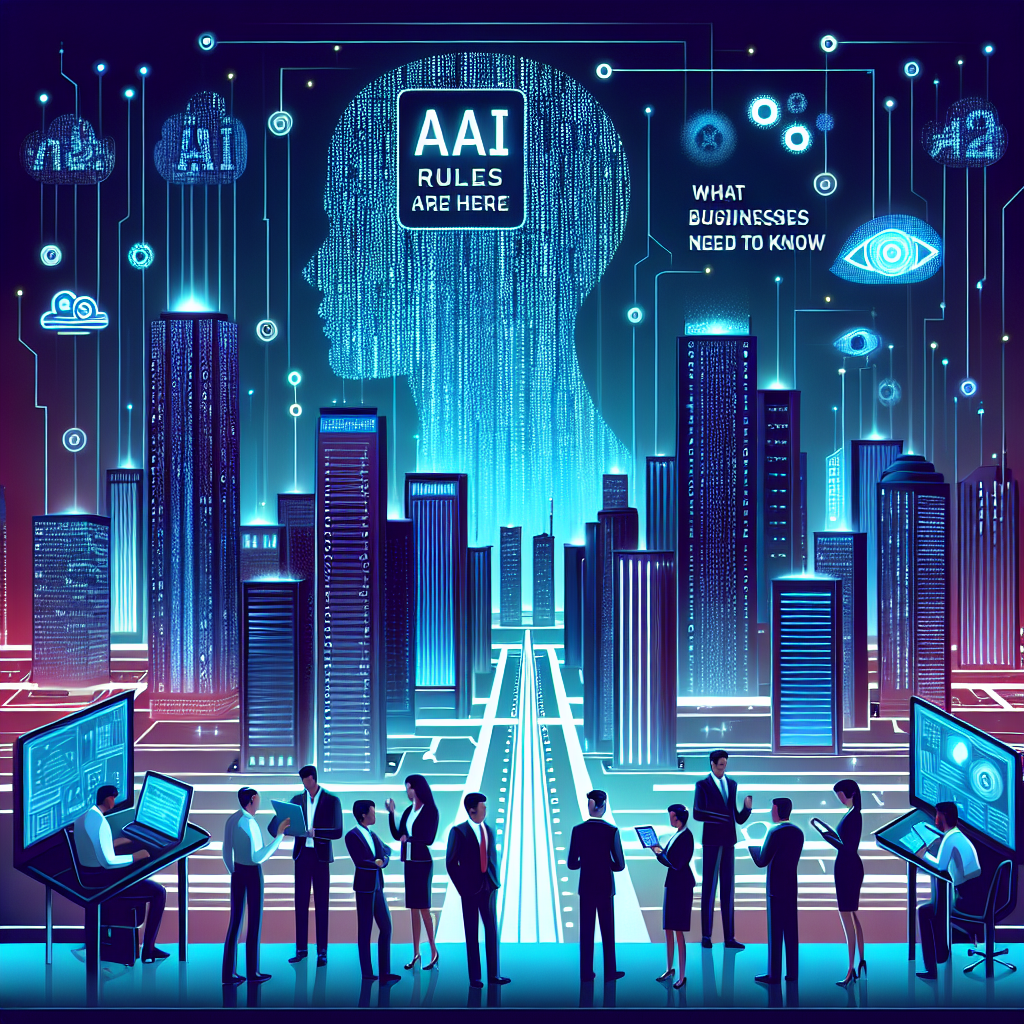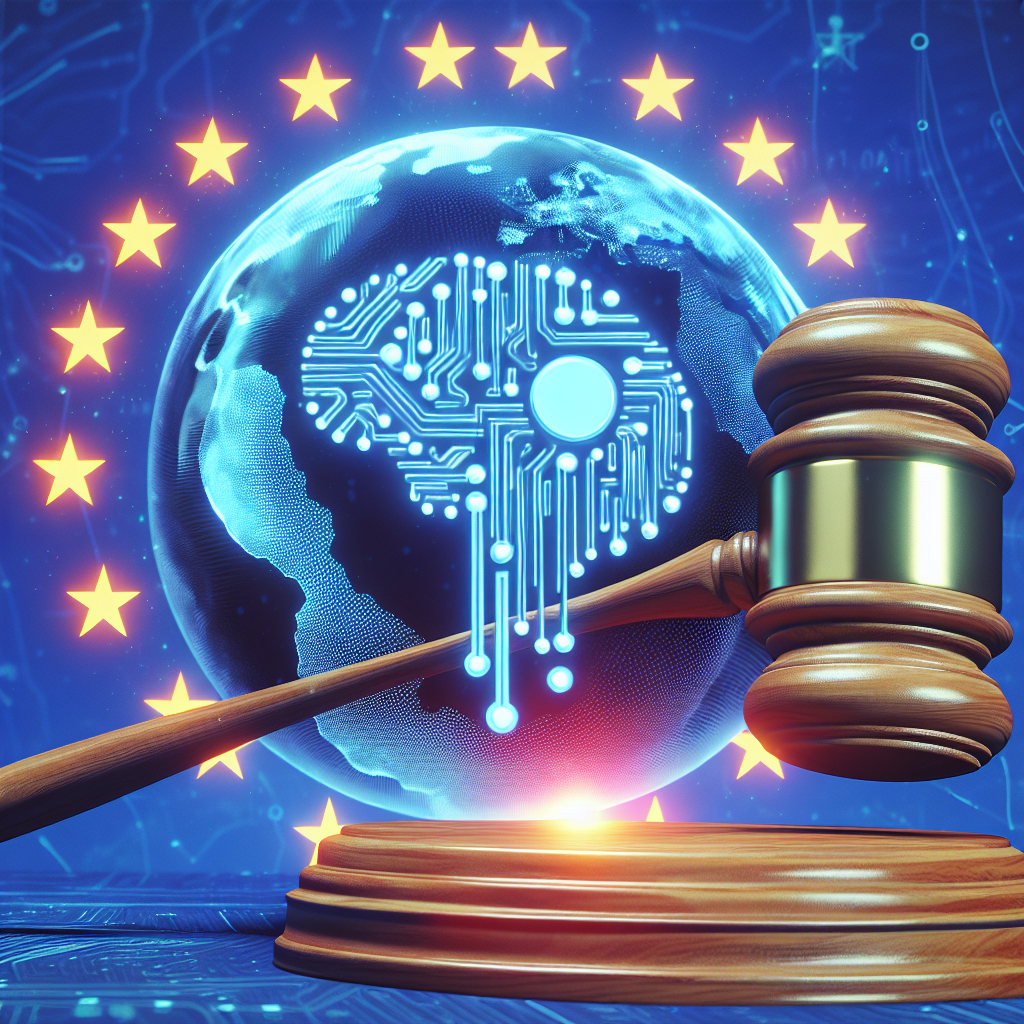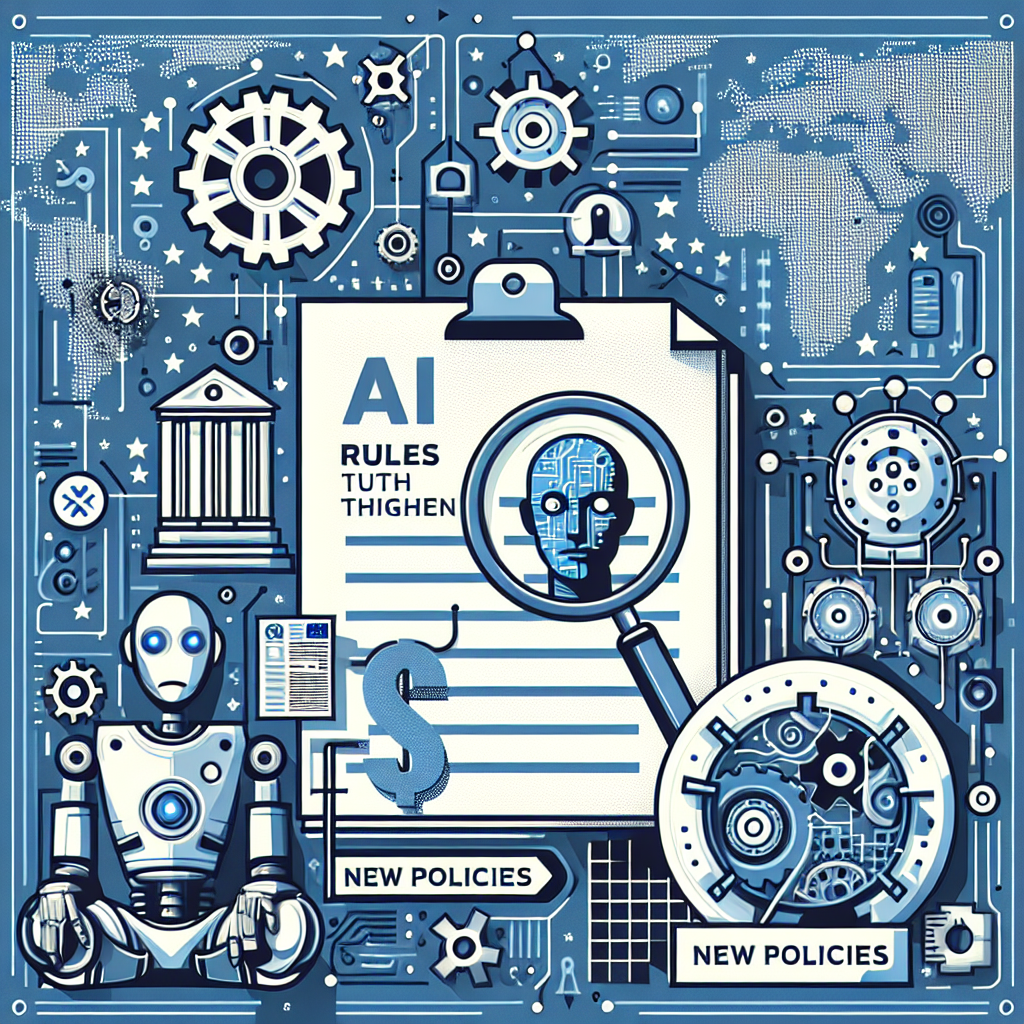How New AI Rules Are Redrawing the Global Map

A fast-moving push to govern powerful systems
Artificial intelligence is moving from lab to law. Governments are setting rules. Companies are hiring compliance teams. Civil society is watching closely. The goal is the same: harness benefits and reduce harm. The paths differ.
What counts as AI is also clearer. The Organisation for Economic Co-operation and Development (OECD) offers a widely used definition: “An AI system is a machine-based system that can, for a given set of human-defined objectives, make predictions, recommendations, or decisions influencing real or virtual environments.” That scope is broad. It includes chatbots, scoring tools, and safety software. It also covers models inside products most people never see.
Europes AI Act sets the first comprehensive rulebook
The European Union has passed the Artificial Intelligence Act, a flagship law that classifies AI by risk. The European Commission calls it a global first: “The Artificial Intelligence Act is the first-ever comprehensive legal framework on AI worldwide.” The law took shape after years of negotiation. It blends consumer protection with fundamental rights and market rules.
The core of the Act is a tiered system:
- Unacceptable risk: certain uses are banned, such as social scoring by public authorities and untargeted scraping of facial images. Real-time remote biometric identification in public is tightly restricted.
- High risk: systems in areas like medical devices, critical infrastructure, education, employment, migration, and law enforcement face strict duties. Providers must set up risk management, data governance, technical documentation, human oversight, and post-market monitoring.
- Limited risk: tools with interaction risks must provide transparency. For example, users should be told they are interacting with AI, or that content is AI-generated.
- Minimal risk: most applications fall here and face few or no obligations.
The Act also covers general-purpose AI (GPAI), including large foundation models. Providers must disclose technical details, summarize training data sources, and comply with EU copyright law. Models that pose systemic risk face enhanced duties, such as risk assessments and incident reporting. The law phases in over several years, starting with bans on the most harmful practices and then moving to high-risk and GPAI requirements.
Impact will reach far beyond Europe. Any company offering AI in the EU market must follow the rules. Global firms are already aligning internal policies with key provisions, such as documentation and human oversight. Startups face new paperwork but also clearer expectations from regulators and customers.
United States takes a toolkit approach
The U.S. has no single federal AI law. Instead, it relies on a mix of executive actions, agency guidance, and enforcement of existing rules. The White House issued an executive order in 2023 focused on safety, security, and civil rights. It directed agencies to set testing standards, guard sensitive data, and protect workers. It also pushed for transparency in government use of AI.
The National Institute of Standards and Technology (NIST) published the AI Risk Management Framework (AI RMF) 1.0 in 2023. It offers voluntary, detailed practices for trustworthy AI. The U.S. also launched an AI Safety Institute to develop test methods. Federal agencies are publishing sector guidance, from financial services to healthcare. The Federal Trade Commission has warned that deceptive AI marketing and unfair practices will be pursued under existing law.
States are active as well. Some require labels for AI-generated political ads. Others are considering rules for deepfakes and biometric data. This patchwork gives flexibility but can create compliance headaches for firms operating nationwide.
China, G7, and others add their own guardrails
China has issued rules for recommendation algorithms, deepfake tools, and generative AI services. These focus on safety, content controls, and provider accountability. Companies must perform security assessments and manage datasets. The rules are tied to broader cybersecurity and data laws.
The Group of Seven (G7) backed a voluntary Code of Conduct for advanced AI developers under the Hiroshima Process in 2023. It urges firms to identify and mitigate risks across the lifecycle. It encourages transparency about capabilities and limits. Other countries, including the U.K., Canada, and Japan, are adopting risk-based guidance and testing regimes.
What changes for people and businesses
For consumers, the new rules aim to reduce surprise and prevent harm. People should see clearer notices when they interact with AI. Sensitive uses face stronger checks. Complaints and redress channels will expand as regulators ramp up.
For companies, the bar rises. Key shifts include:
- Documentation by design: technical files, data lineage, evaluation plans, and monitoring logs become standard for higher-risk systems.
- Human oversight: well-defined intervention points, escalation paths, and operator training are required where risks are high.
- Robust evaluation: pre-deployment testing, adversarial red-teaming, and ongoing performance tracking are expected.
- Transparency: user disclosures, model and system cards, and policy-enforced labeling of AI content are spreading.
- Supply-chain diligence: contracts will require assurance on data sources, bias testing, and security controls.
Startups worry about costs. Some investors now ask for compliance plans during due diligence. Yet clearer rules may also lower uncertainty and build trust. Enterprise buyers want proof of safe and lawful AI.
Open questions and trade-offs
There are unresolved issues. One is how to measure and mitigate bias across many contexts. Another is how to define and audit “systemic” models as technology evolves. Enforcement capacity is a concern. Regulators must recruit experts and build testing labs. Courts will interpret key terms, such as high risk in edge cases.
Open-source development raises debate. Advocates say open models enable scrutiny and security. Critics fear easier misuse. The EU AI Act includes provisions that seek to protect open-source innovation while still addressing safety risks in deployed products. Precise boundaries will be tested in practice.
There is also a risk of regulatory divergence. Firms may face conflicting requirements across markets. This could slow cross-border services or embed only the strictest rules. Industry groups are pushing for interoperability. Standards bodies are working to align testing methods and reporting formats.
Analysis: a compliance era with room to innovate
A pattern is emerging. The EUs binding rules, the U.S. toolkit, and international codes are converging on a few pillars: transparency, risk management, human oversight, and post-market monitoring. That convergence matters. It helps vendors build once and deploy widely, with adjustments at the edges.
Short term, compliance will add cost. Documentation, testing, and audits take time and talent. Long term, these steps can improve product quality and trust. They also create market incentives for safer, more reliable systems.
The debate is not over. New capabilities keep arriving. Generative tools can draft code, images, and policy memos in seconds. They can also fabricate voices and faces. Elections, healthcare, finance, and policing are all in focus. The policy test will be to keep pace without freezing useful innovation.
Despite different approaches, the direction is clear. Guardrails are going up. More labs are opening their models to independent testing. More labels appear on AI content. The next phase will decide whether these measures are enough, and whether they are applied fairly.
Policymakers often note that rules should be technology-neutral and risk-based. The OECD definition provides a common anchor. The EU AI Act provides a structure. The U.S. frameworks provide tools. Together, they are redrawing the AI map. How well they work will depend on execution, enforcement, and the willingness of developers to put safety and rights at the center of design.



























































































































































































































































































